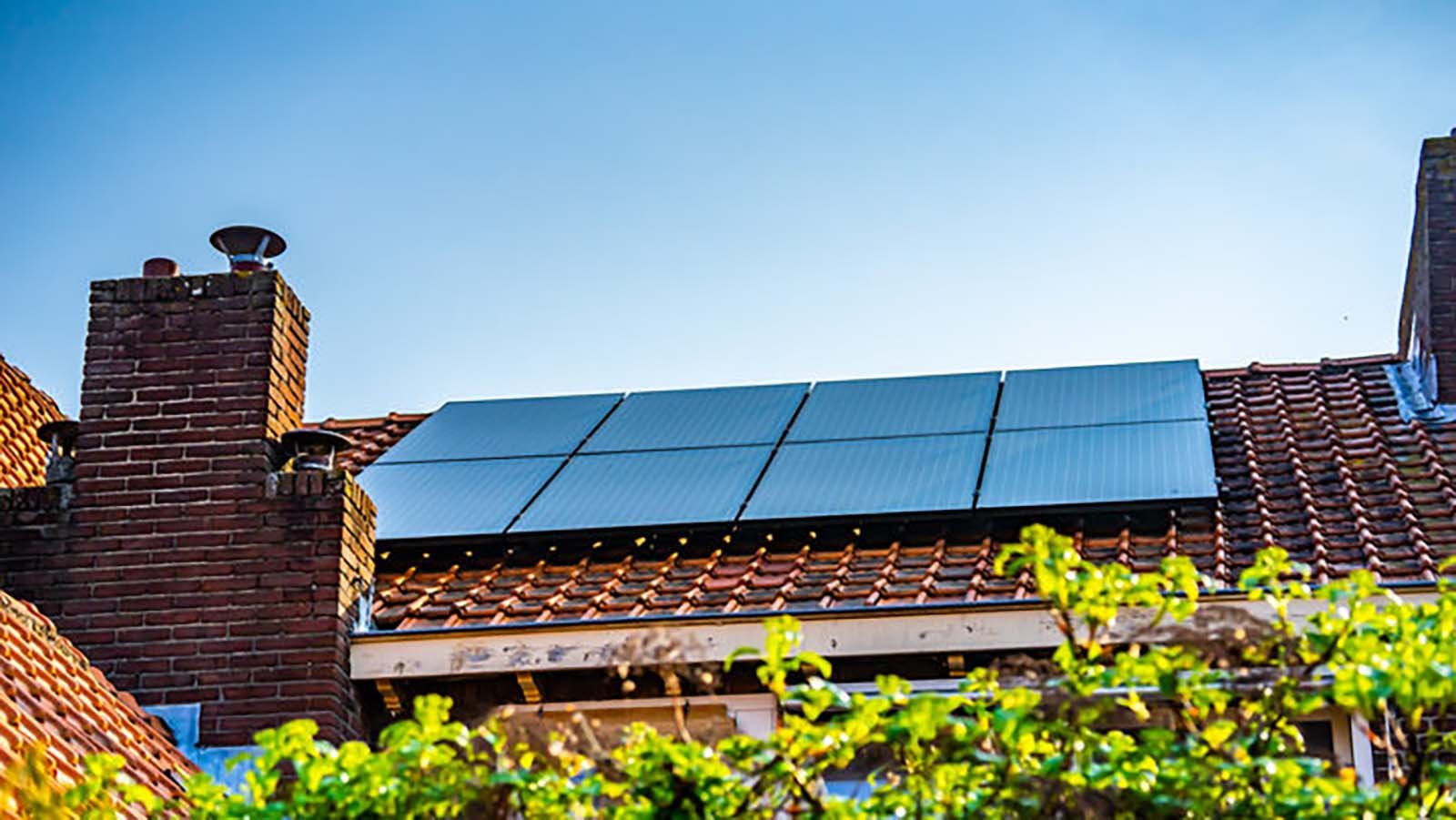When it comes to storing your lipo battery, it’s important to consider the discharge rate to ensure its longevity and safety. The discharge rate refers to the rate at which the battery loses its charge when not in use.

For lipo batteries, the ideal discharge rate for storage is around 3.8-3.85 volts per cell. This range allows the battery to retain enough charge to prevent it from becoming over-discharged, which can lead to irreversible damage.
When storing lipo batteries, it’s crucial to monitor their voltage regularly to ensure they remain within the recommended range. If the voltage drops below 3.8 volts per cell, it’s important to recharge the battery to bring it back up to the optimal storage voltage.
In addition to monitoring the voltage, it’s also important to store lipo batteries in a cool, dry place away from direct sunlight and extreme temperatures. This helps prevent any unnecessary discharge and minimizes the risk of damage to the battery.

Properly managing the discharge rate of lipo batteries during storage is essential for maintaining their performance and safety. By following the recommended guidelines for storage voltage and maintaining proper storage conditions, you can ensure that your lipo batteries remain in optimal condition for future use.
In conclusion, the discharge rate for lipo batteries in storage should be maintained at around 3.8-3.85 volts per cell to prevent over-discharge and ensure their longevity. Regular monitoring of the voltage and proper storage conditions are key factors in managing the discharge rate and preserving the overall health of lipo batteries. By following these guidelines, you can store your lipo batteries safely and effectively.

